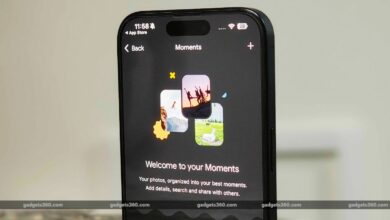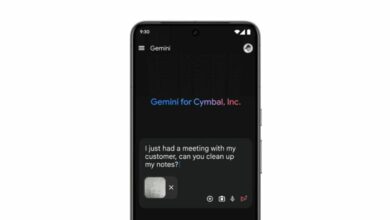Recognizing the importance of the office


Only 25% of UK office workers currently have a healthy relationship with work, according to HP’s Work Relationship Index, a 2023 global study that interviewed more than 15,000 employees and business leaders across 12 countries. Worse still, those in unhealthy relationships (75%) say they feel disengaged, disconnected from their organisation and are considering leaving.
These statistics should serve as a wake-up call for businesses. Such a high volume of unhealthy relationships with work is not only bad for employees – it affects them emotionally and physically, with workers reporting poor diets, less exercise and struggling with their mental health – but it is also bad for businesses because productivity drops.
These employees are unlikely to support their own employer, with only a quarter (24%) saying they would be willing to recommend their company as a good place to work. The robust future of work the world needs is not sustainable right now. So, why is this happening, and how can companies create a better experience for their employees?
Managing Director UK and Ireland, HP.
Our relationship with work has changed
In recent years, not only has the way we work globally changed, but so too has the way we think about what work is and what its future should look like. Before the Covid pandemic, in 2019, just 4.7% of UK workers worked from home. By 2022, a quarter (25%) of UK workers were working from home at least some of the time, and by June 2023, 29% were working from home some of the time and 10% all of the time.
Meanwhile, when it comes to how we think about work, Gen Z – who will make up 30% of the workforce by 2025, according to the WEF – has different expectations than the millennials or baby boomers who entered the workforce before them. They say they value flexible working, inclusive environments and prioritising mental health, among other things.
While the widespread move to flexible working has led to many positive changes in the workplace, including support for working mothers and those with access issues, it has also led to a workforce that benefits from far less human interaction. In many cases, this has come at the expense of company culture, with office drinks, team building exercises and group celebrations all greatly reduced or less well attended.
Events like these provide an important space and time for colleagues of different ages, levels, teams and skills to network, discuss projects outside of their daily routine, celebrate wins and connect on a more human level. As a result, it has become much harder for employees – especially junior employees – to build strong working relationships, learn from senior colleagues and advance their careers.
The ‘Great’ Return
Over the past year, the media has reported on the many organizations, from tech companies to government, that are forcing their employees to spend more time in the office, threatening bonus cuts, delays in promotions, or even termination for those who refuse to comply. But all of this misses the point. What we really need to do is effectively communicate why coming into the office is worth it and then deliver on it, so that employees feel that commuting or attending a meeting in person rather than via video conference is a worthwhile use of their time.
Without an office, a working community has no anchor. It’s where you can be visible, build trust and authenticity through shared experiences, and, in our case at HP, physically connect with the products you sell. These things all work together to create the structure and culture of a workforce that will stand the test of time. At HP, we’re living proof of that. The company was founded in 1939 and many of our employees have had careers here for decades, in turn helping to support and mentor younger colleagues as they move up.
In the UK, we see our six offices as cornerstones for developing successful, resilient professionals who will lead the business for the next 85 years. Conversely, if businesses are forced to close an office because employees aren’t using it enough and employers can’t justify the rent, this will lead to even less interaction, connection, community and support.
The Work Relationship Index found that fulfillment is the single greatest driver of a healthy relationship with work. When we unpack what it means to be fulfilled in today’s working world, it’s “my work gives me purpose,” “I feel connected to the work I do,” and “the work I do at my organization is meaningful to me.” If we can give employees the purpose and connection they seek in the office, we won’t have to resort to threats to get them in. They’ll rightly see it as a wise use of their time and a smart investment in their future.
We provide an overview of the best free office software.
This article was produced as part of TechRadarPro’s Expert Insights channel, where we showcase the best and brightest minds in the technology sector today. The views expressed here are those of the author and do not necessarily represent those of TechRadarPro or Future plc. If you’re interested in contributing, you can read more here:




